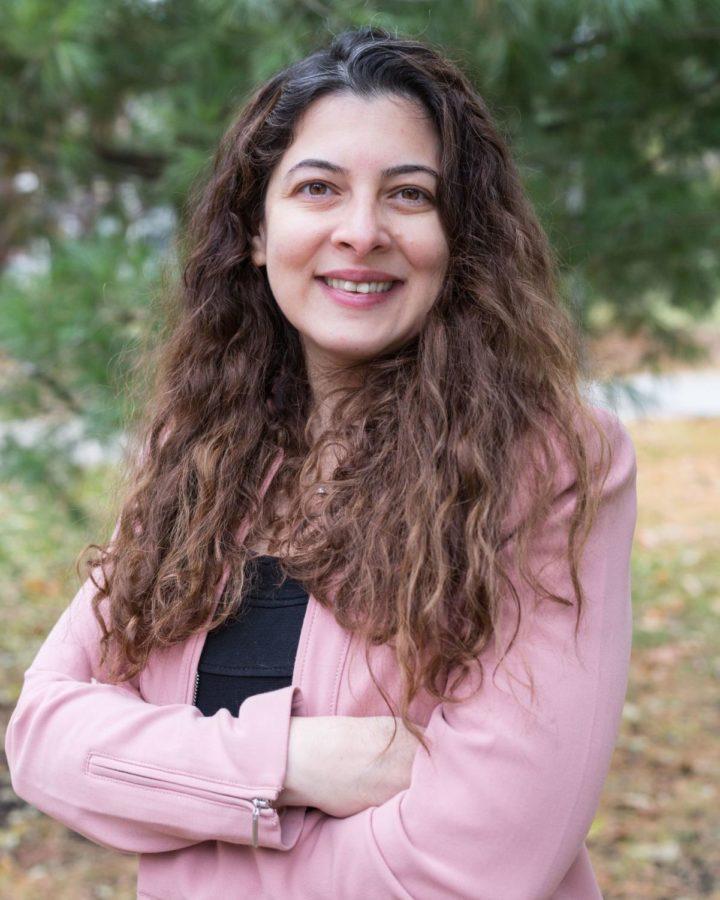Engineering team researches how caffeine is transported from mother to fetus
Photo couresty of Nicole Hashemi
Nicole Hashemi is an associate professor that specializes in microfluidics and mechanical engineering.
March 6, 2019
A group of engineers are working on a project called “Placenta-on-a-Chip” in order to study the structure of how compounds can be passed from a mother to the fetus.
The leader of the project is Nicole Hashemi, associate professor in mechanical engineering that specializes in microfluidics. Hashemi intends to use the Placenta-on-a-Chip device to also research more on the temporary placenta organ and its functions on the body.
Hashemi has had help with this project from Catherine Meis, who was an undergraduate student working on the project while at Iowa State, and Jeremy Caplin, who was a masters student while at Iowa State. Both are currently getting their doctorate degrees.
One of the main interests Hashemi said she has with the project is to study the placenta given that it is a temporary organ and also to primarily understand its functions.
“My hope is that we can use [Placenta-on-a-Chip] to understand what specifically happens to specific people so that you can use the system for personal medicine,” Hashemi said. “We are going to achieve more faster because instead of just waiting for years to see what happens, you can see immediate effects on the cells and transport materials from one side to the other.”
The current research project has been in development for the past four years, and Hashemi said she hopes to get additional funding from the National Institute of Health.
“It’s going to take some time for us to really understand the whole technology and apply it,” Hashemi said.“We have a publication now, we have a paper that shows the system is developed and is ready to be used for further studies.”
Hashemi has also worked on other long term projects since being at Iowa State, including studies to determine the effects of brain activity during head injuries like concussions, and learn what happens to the brain cells on immediate impact.
Compared to her other projects, Hashemi said this has definitely been the longest on going project and hopes to continue her work with the system.
“We have the platform developed and now we can use it and collaborate with a lot of people from medical schools,” Hashemi said. “Now that we have the technology I’m anticipating that we will have a lot of collaboration going on.”
















